Monolith In Berlin
Four years after the construction and 54 years after the inauguration of the golden publishing house the new Axel Springer Campus in Berlin was opened on October 6, 2020.
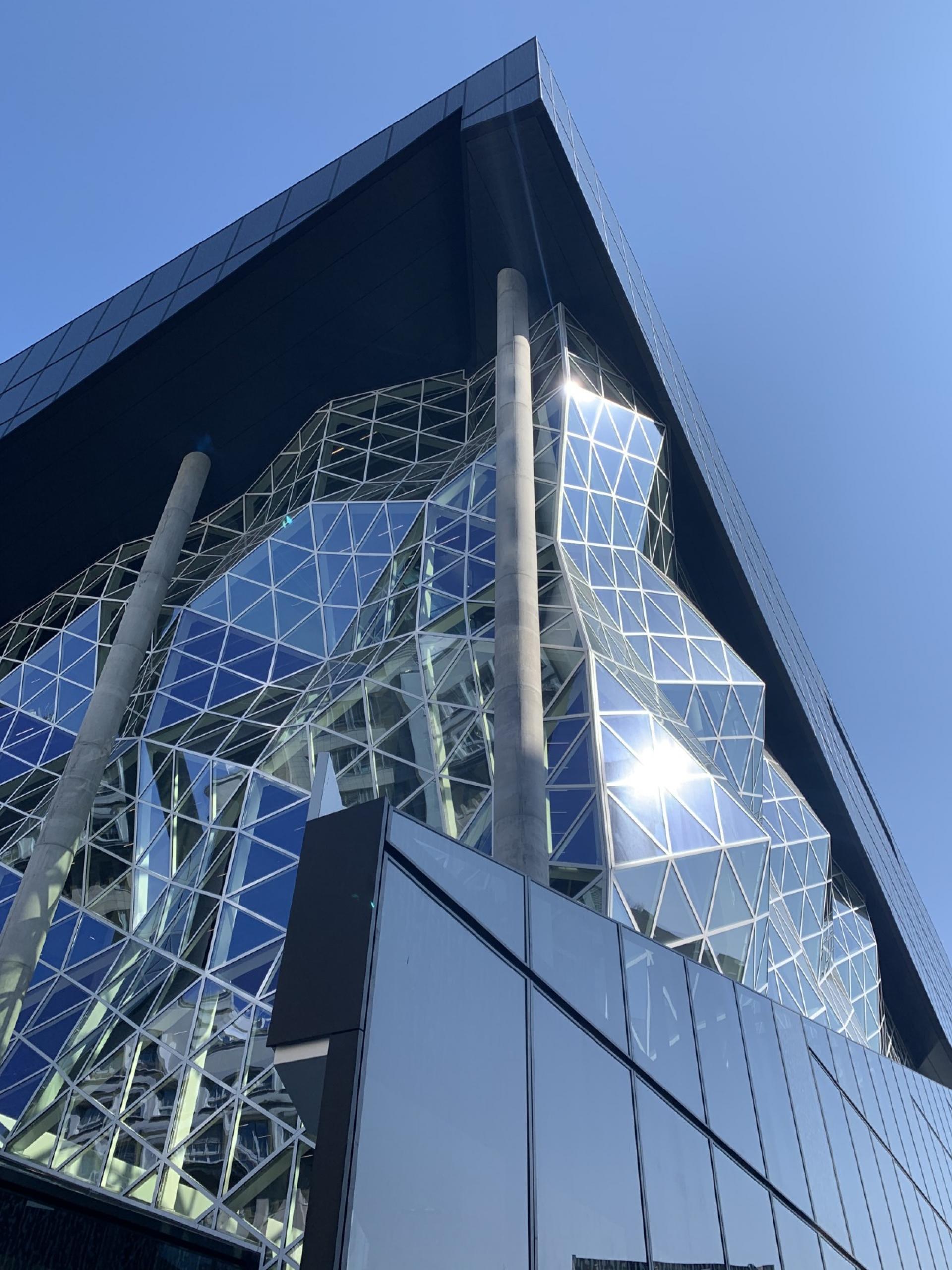
According to Niklas Maak’s description the new Springer Campus designed by Rem Koolhaas is “a monument to Berlin and its history which could become a prototype for the digital publishing and work in the future”.
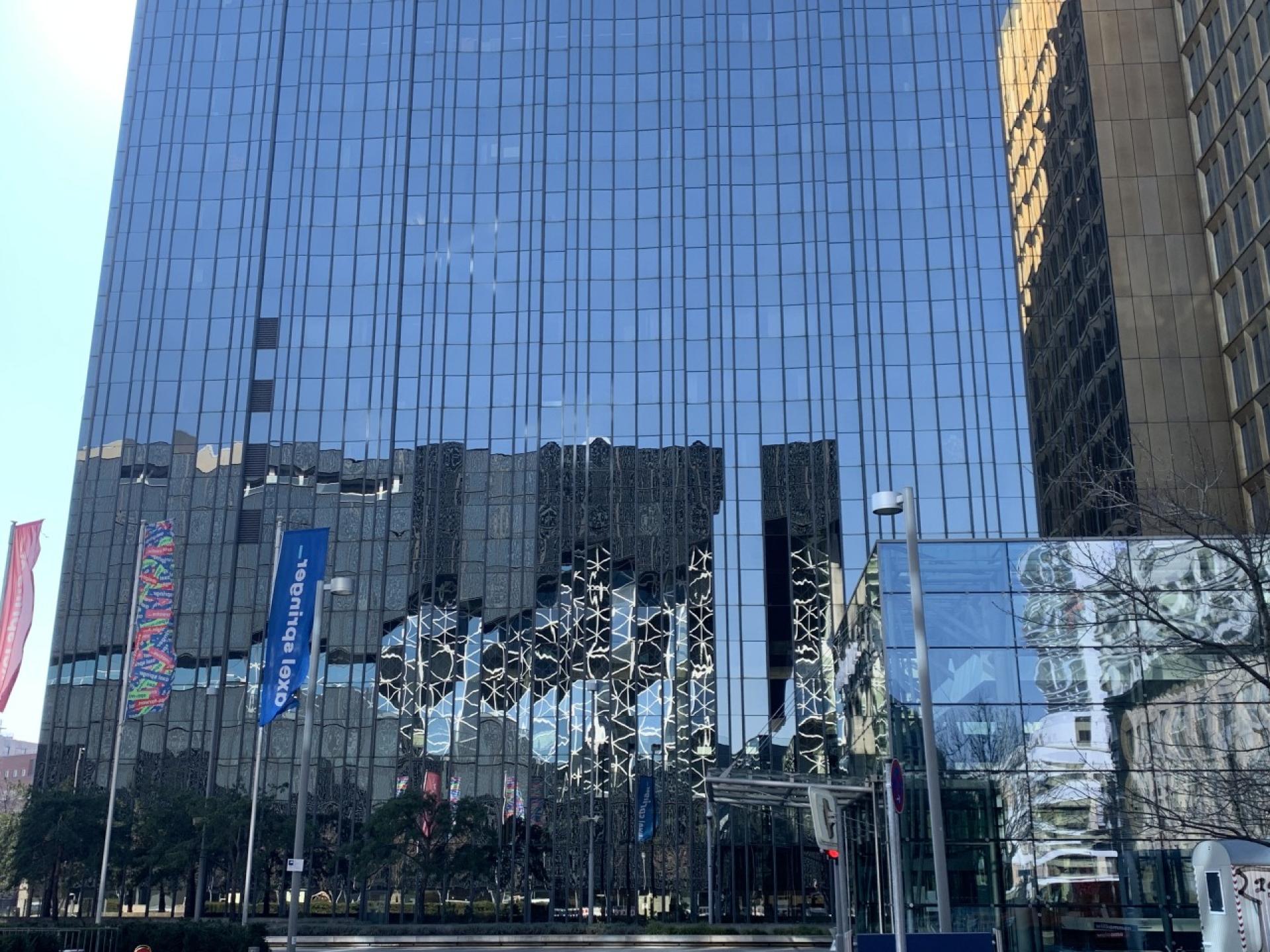
A prototype for a working world of the future, a city machine of the digital age has been created as a 300 million euro spectacular building that supposed to gather the capital’s digital and startup scene, which previously worked from its apartments and showed no ambition to gather in the city.
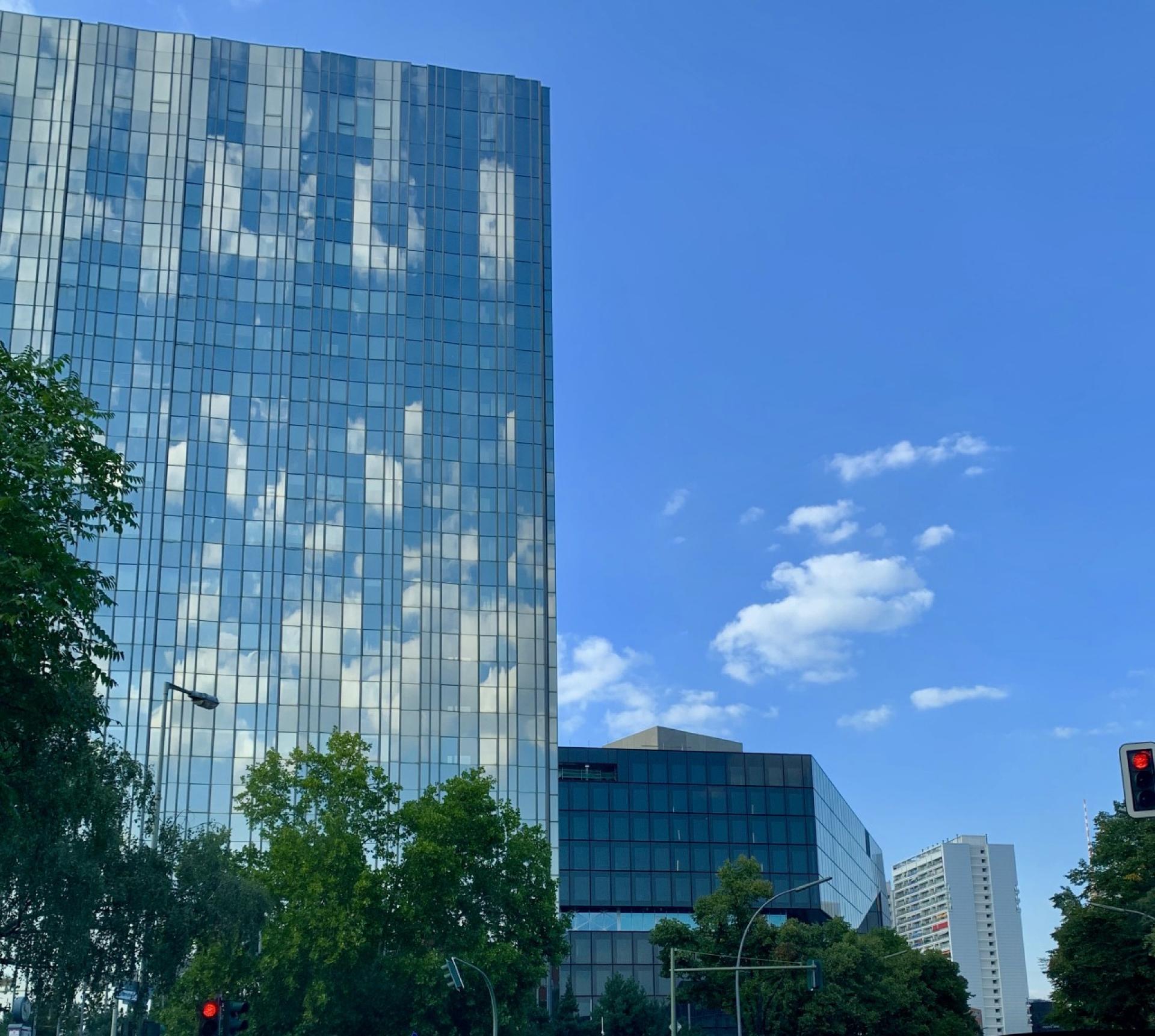
Since the creation of the Hans Scharoun’s Library at the Kulturforum, inaugurated in 1979, there has been no such spatial composition in Berlin. Axel Springer demonstrated its political aspirations already in the first high-rise in the middle of Hamburg’s old town (1956), while the golden Berlin Tower built ten years later directly on the wall showed that the publisher stuck to the ideal of a free society despite the ongoing crisis in West Berlin.
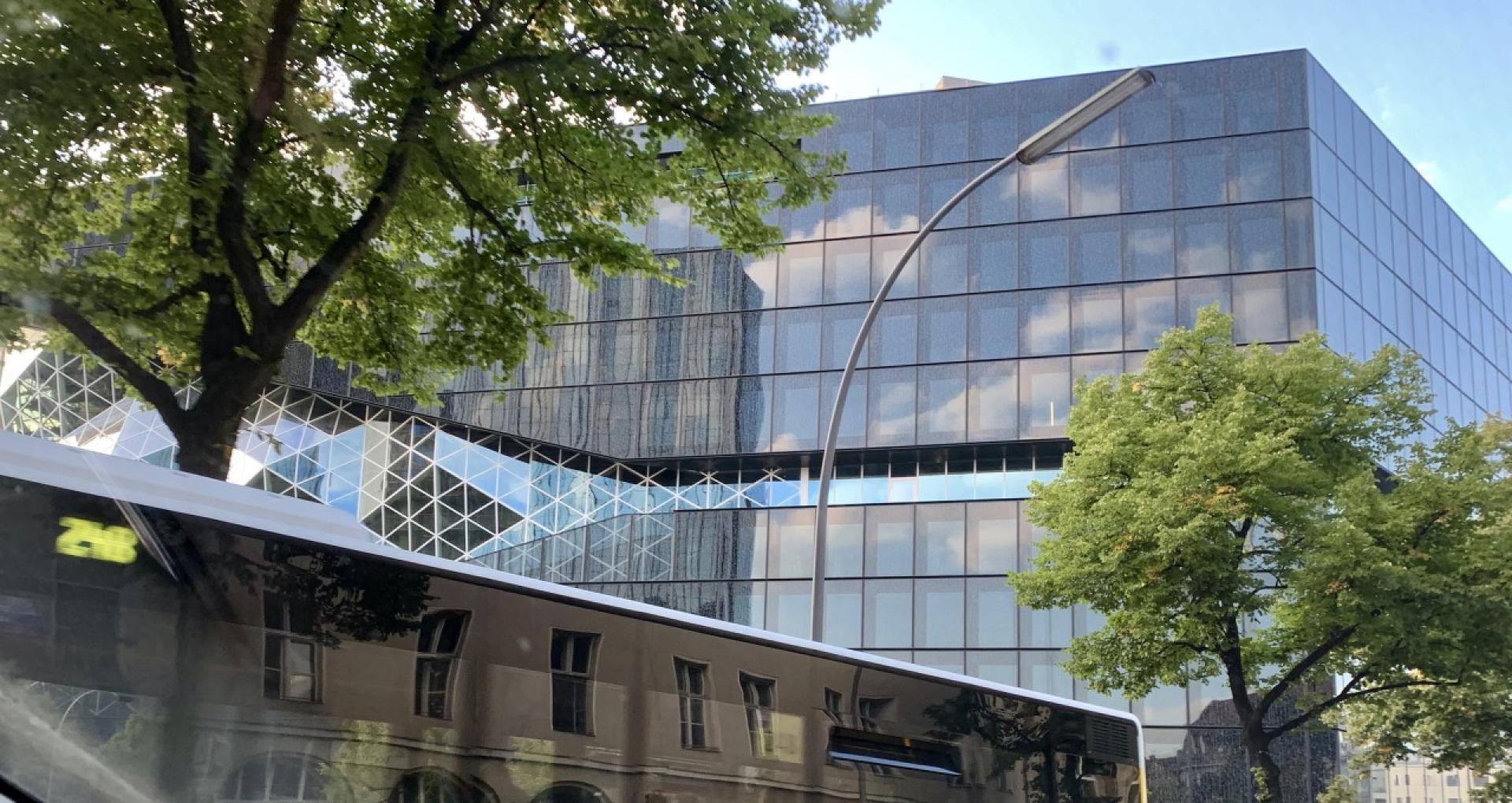
Koolhaas’ project is with 52,000 square meters of floor space bigger than the new Berlin Humboldt Forum. In terms of urban planning it acts as a downgrading of the noble Springer high-rise as it appears to be as closed as possible, except for the huge wedge with the southwest windows and a narrow strip of light to the outside, shimmering like a comet in metallic black.

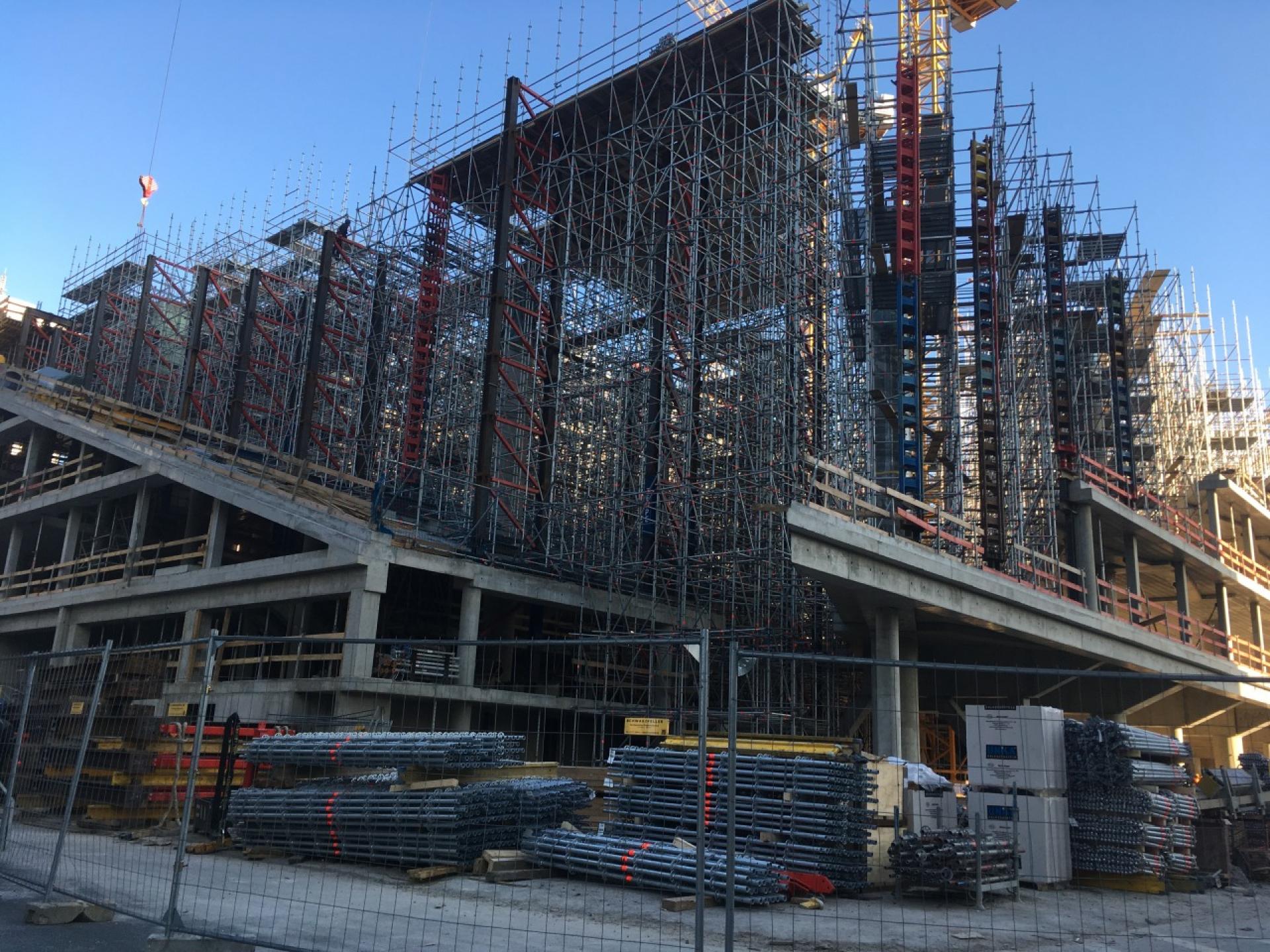

On the inside the building is the architecture-turned-call for constant flexibility and reorientation of the employees and the comprehensive promise that technology can solve all problems. In other words: pure neoliberalism, even if Rem Koolhaas emphasized that he was the architect of the employees and not the investors.

The main hall resembles a grandiose staircase, a motif that can often be found in Dutch or Scandinavian public libraries, doesn’t offer a room for quiet reflection. | Photo © OMA/ Rem Koolhaas
The publishing director Mathias Döpfner interpreted the building that he initiated with Koolhaas down to the toilet paper holder as a promise of a new media future that uses all technical possibilities at the same time.
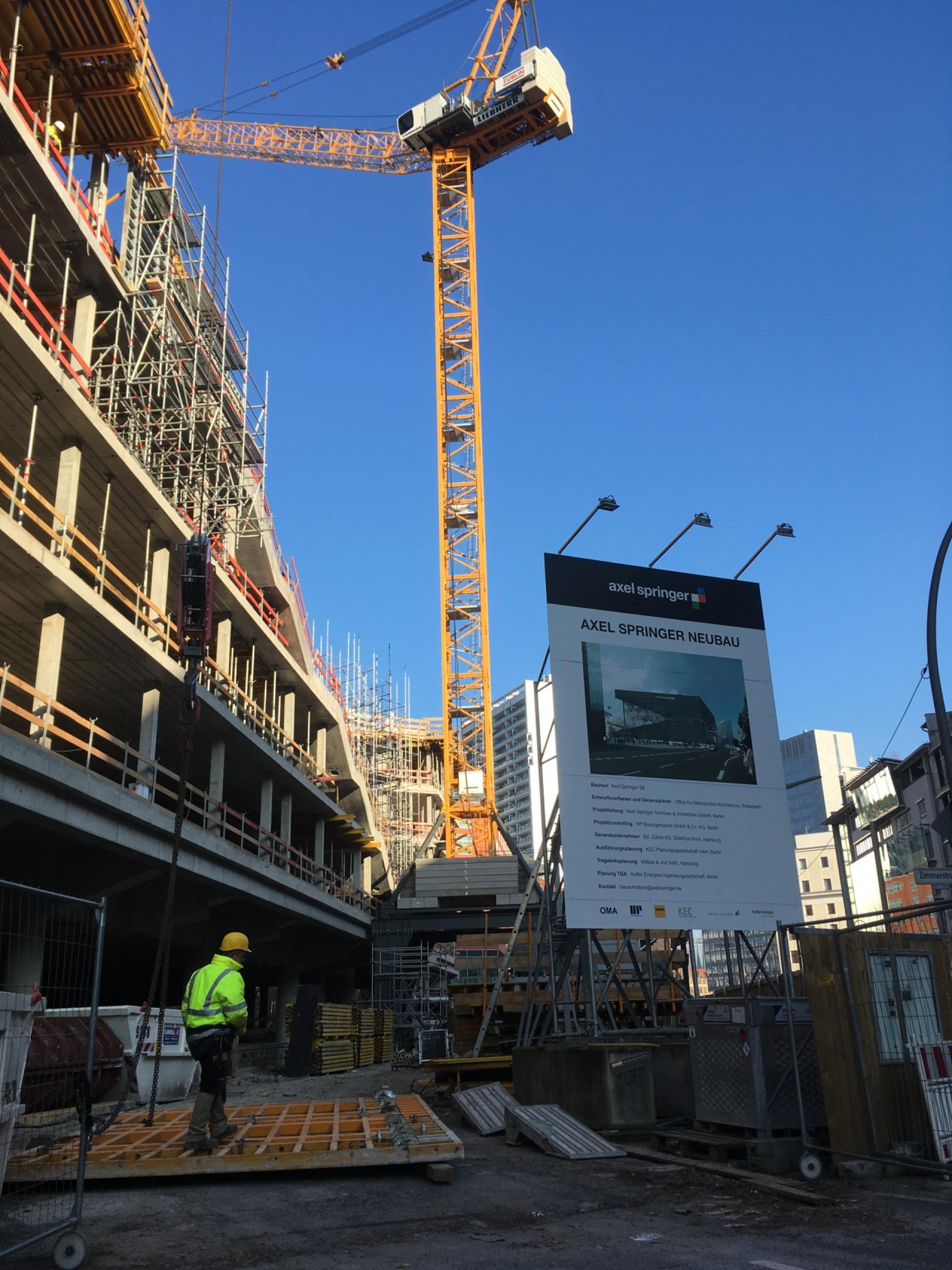
At the opening Döpfner stated that the permanent office was a thing of the past and everyone can communicate in work cells or conference rooms, lounges or in the new bar on the green roof. Döpfner has sold this new Berlin building in 2019, so he only uses it as a tenant. This corresponds to neoliberal theses, according to which entrepreneurs should not burden themselves with real estate, and it also corresponds to the promise of digital fans to be able to overcome the material in journalism.

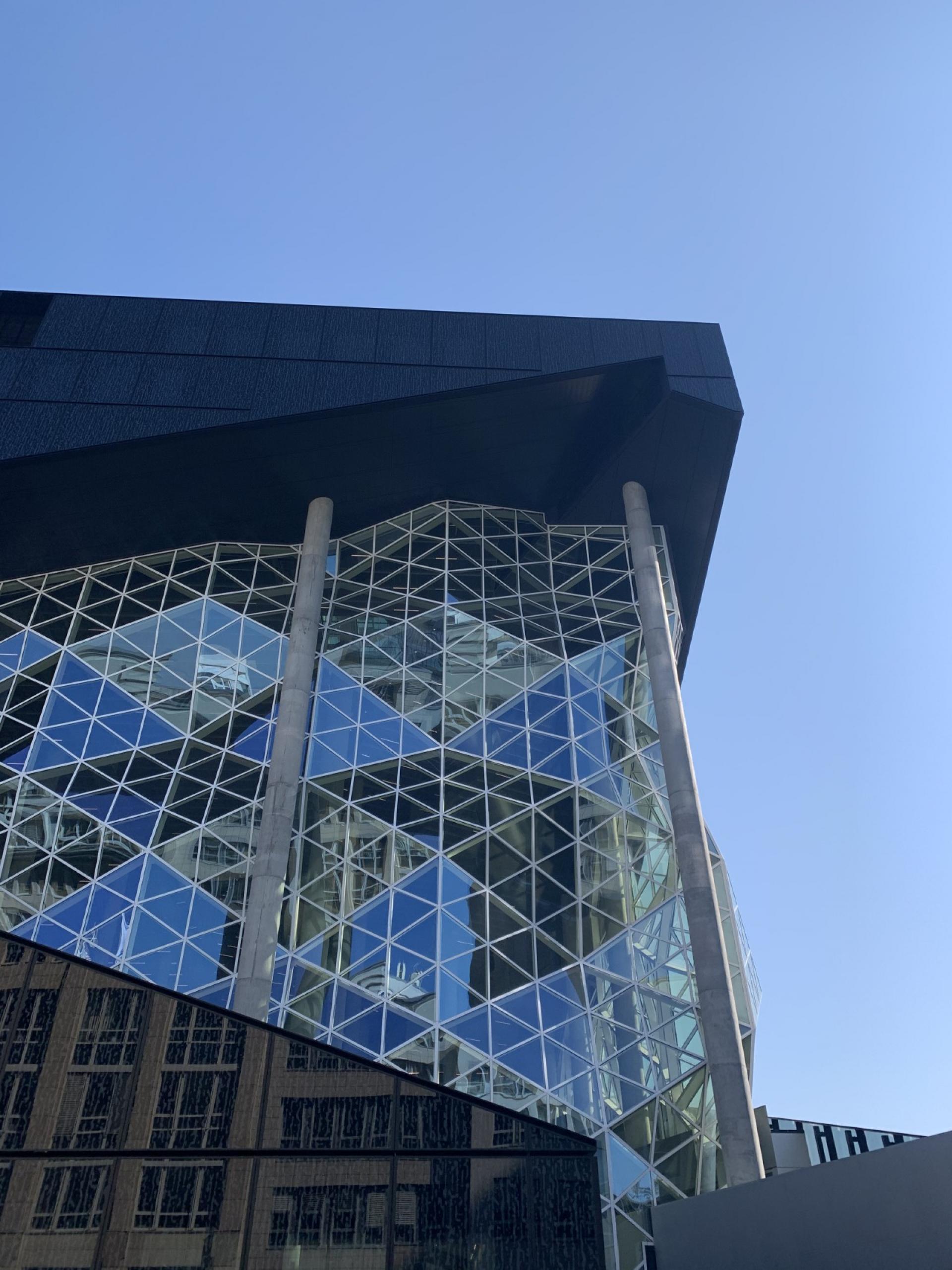
A highly controversial proposition for the future was built just a few hundred meters away from Koolhaas’ overwhelming architecture, where the daily newspaper taz, which is more critical of capitalism, has built a new building that is quite comparable in terms of construction and modernity.

The architect office E2A planned a transparent building that was open to the city in close cooperation with the employees. Owning your own house on your own property is a guarantee of journalistic independence. The result is what is probably a worldwide unique almost juxtaposition of radically opposing views of the future of media and media architecture in the age of digital capitalism.